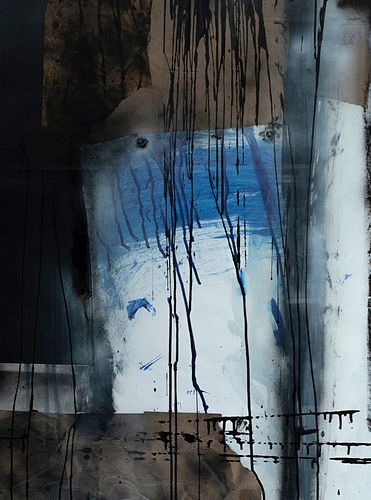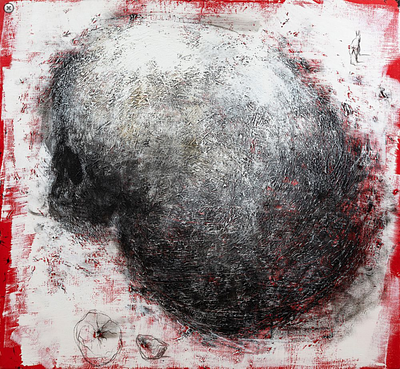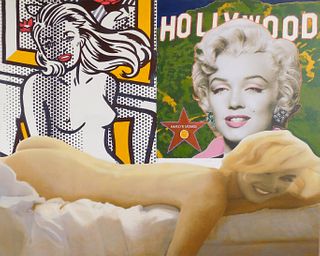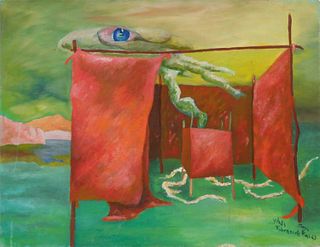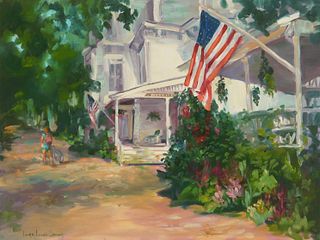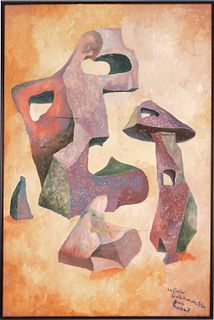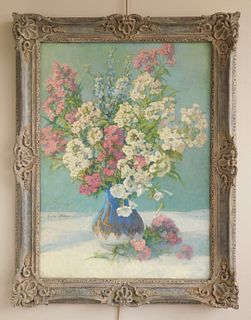ANTONI CLAVÉ I SANMARTÍ (Barcelona, 1913 - Saint Tropez, France, 2005). Untitled, 1982. Collage, ink and oil on cardboard. Signed and dedicated in
Lot 86
About Seller
Setdart Auction House
Carrer Aragó 346
Barcelona
Spain
Setdart Subastas was born in 2004 and is currently the first online art auction in Spain with solidity, prestige and reliability guaranteed by our more than 60,000 users. Setdart has a young, dynamic and enterprising team ready to successfully manage the purchase and sale of art works through custom...Read more
Estimate:
EUR€20,000 - EUR€25,000
$21,505.38 - $26,881.72
Absentee vs Live bid
Two ways to bid:
- Leave a max absentee bid and the platform will bid on your behalf up to your maximum bid during the live auction.
- Bid live during the auction and your bids will be submitted real-time to the auctioneer.
Bid Increments
| Price | Bid Increment |
|---|---|
| EUR€0 | EUR€10 |
| EUR€200 | EUR€25 |
| EUR€500 | EUR€50 |
| EUR€1,000 | EUR€100 |
| EUR€3,000 | EUR€200 |
| EUR€5,000 | EUR€500 |
| EUR€10,000 | EUR€1,000 |
| EUR€20,000 | EUR€2,000 |
| EUR€50,000 | EUR€5,000 |
About Auction
By Setdart Auction House
Oct 19, 2021
Set Reminder
2021-10-19 08:00:00
2021-10-19 08:00:00
America/New_York
Bidsquare
Bidsquare : CONTEMPORARY ART
https://www.bidsquare.com/auctions/setdart-auction-house/contemporary-art-7701
Setdart Auction House sofia@setdart.com
Setdart Auction House sofia@setdart.com
- Lot Description
ANTONI CLAVÉ I SANMARTÍ (Barcelona, 1913 - Saint Tropez, France, 2005). Untitled, 1982. Collage, ink and oil on cardboard. Signed and dedicated in the lower left corner. Enclosed certificate of authenticity issued by Archives Antoni Clavé. Size: 120 x 100 cm; 150 x 130 cm (frame). This work is part of the abstract language that began to develop from the 1940s onwards. It is a collage whose basic characteristic is the conception of the pictorial surface as a whole, as an open field, without limits and without hierarchy. Thus, as we see here, the pictorial forms of experimentation, pure stain and gestural brushstrokes, are not limited to a composition but go beyond it, indicating to the spectator that they are forms, ideas or suggestions that go beyond the boundaries of the purely pictorial. This idea of rupture and freedom in pictorial language can be seen not only in the use of forms, but also in the introduction of elements such as collage. Antoni Clavé is one of the most important figures in Spanish contemporary art. Trained at the San Jordi School of Fine Arts in Barcelona, Clavé initially devoted himself to advertising graphics, illustration and the decorative arts. In 1936 he took an active part in the Civil War, joining the Republican ranks, which led him to go into exile in France at the end of the war. That same year, 1939, he exhibited the drawings he had made on the battlefields. He settled in Paris, where he met Vuillard, Bonnard and Picasso. He already enjoyed great international prestige at the time when he began to be recognised in Spain, with his exhibition at the Sala Gaspar in Barcelona in 1956. At the same time he produced illustrations for the work "Gargantua and Pantagruel", which led him to become familiar with medieval iconography. It was in the 1950s that he began his intense work in the world of ballet and theatre, achieving great fame in the world of international stage design. In 1952 he made the sets for the film "Hans Christian Andersen", by Charles Vidor, and was nominated for an Oscar award. In 1954 he abandoned set design to devote himself to painting. He was awarded prizes at the Hallimark in New York in 1948, at the Venice Biennale in 1954 and at the Tokyo International Biennale in 1957. In 1984 the Spanish state recognised his artistic value with the exhibition of more than one hundred of his works in the Spanish pavilion at the Venice Biennale. That same year he was awarded the Gold Medal of the Generalitat de Catalunya. Clavé's work can be found, among many others, in the Bilbao Fine Arts Museum, the Tate Gallery, the Museum of Modern Art in Paris, the British Museum in London, the Museum of Modern Art in Tokyo and the Reina Sofía Museum in Madrid.
- Shipping Info
-
In-house shipping available. Please inquire at admin@setdart.com.
-
- Buyer's Premium



 EUR
EUR CAD
CAD AUD
AUD GBP
GBP MXN
MXN HKD
HKD CNY
CNY MYR
MYR SEK
SEK SGD
SGD CHF
CHF THB
THB